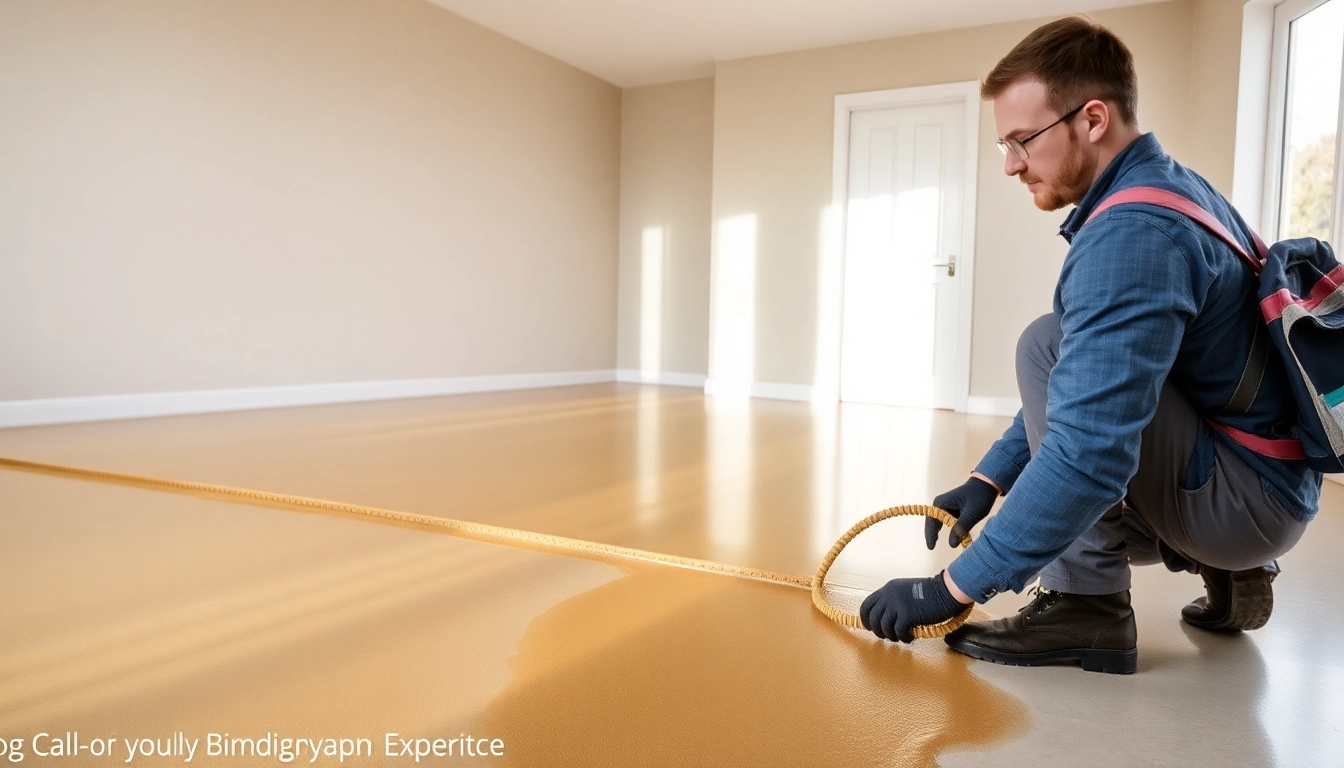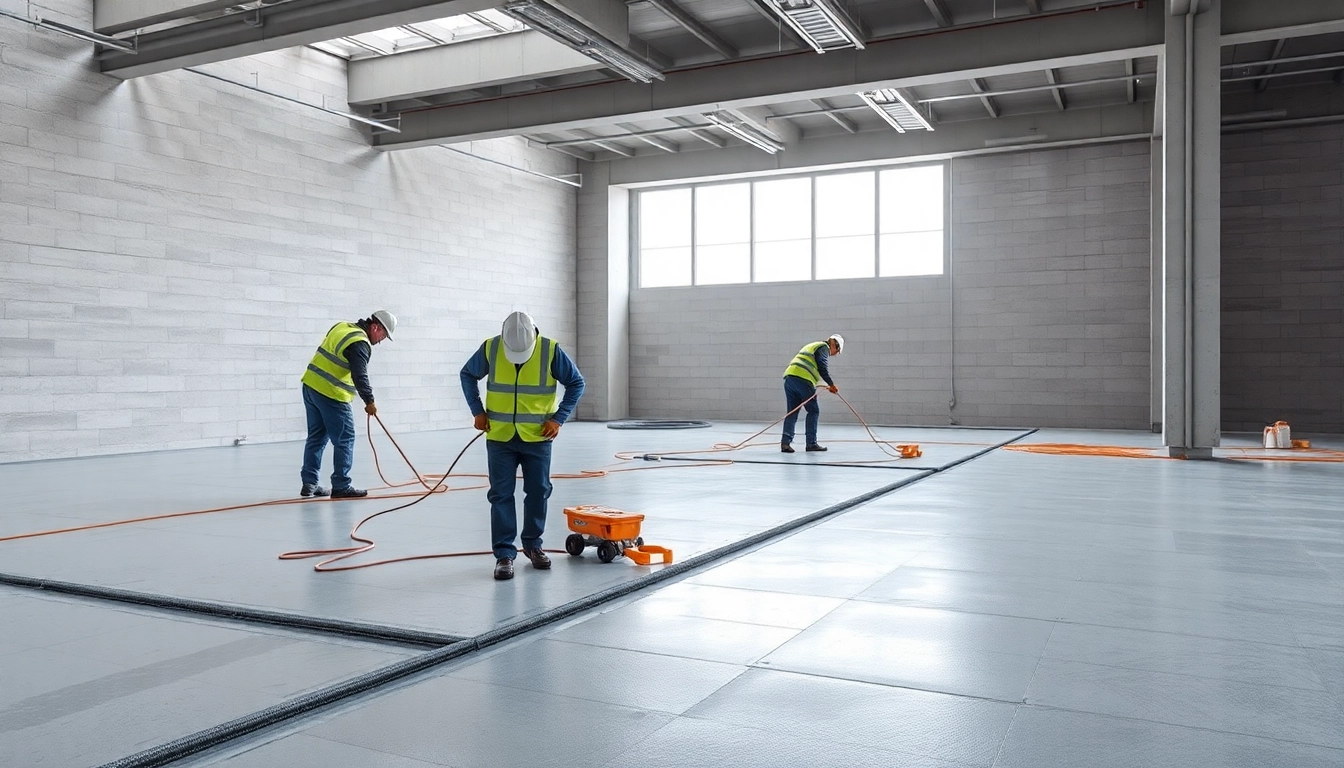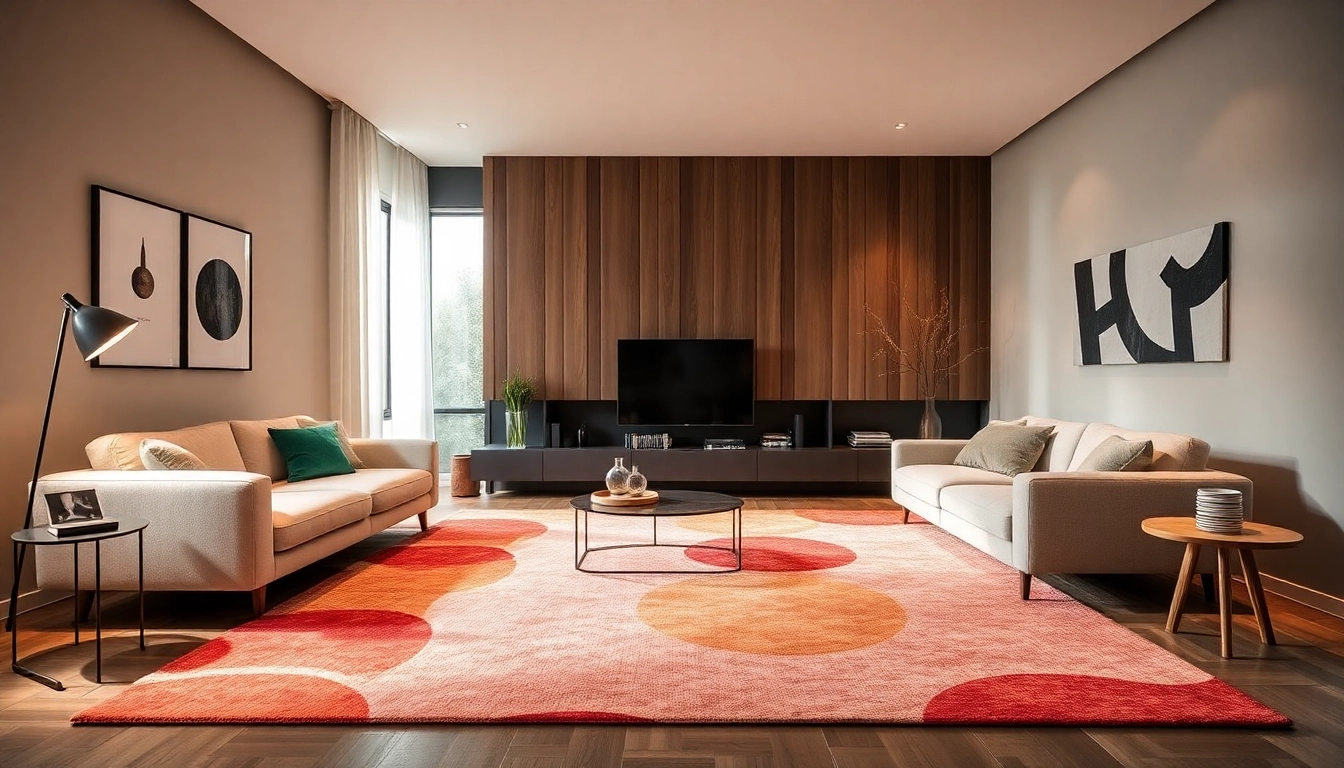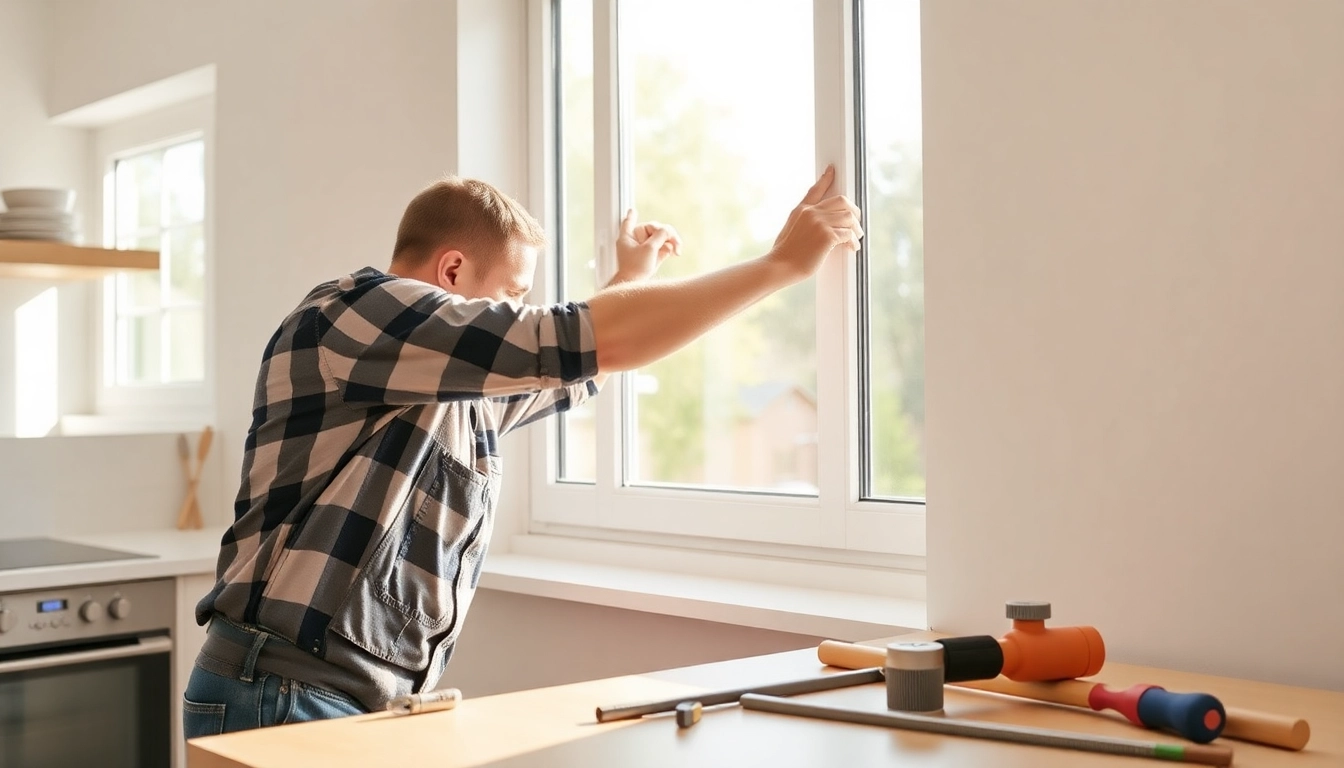Understanding Liquid Screeding in Birmingham
In the dynamic world of modern construction and renovation, achieving perfectly level flooring is crucial not only for aesthetic appeal but also for functional integrity. For projects in Birmingham, liquid screeding has emerged as a preferred method due to its speed, precision, and versatility. If you’re considering upgrading your flooring, understanding the intricacies of liquid screeding and why it has become a leading choice across Birmingham is essential. Liquid screeding Birmingham offers a seamless, durable, and cost-effective solution that can meet the demands of both residential and commercial structures.
What is Liquid Screeding and Its Benefits
Defining Liquid Screeding
Liquid screeding is a modern technique used to create a smooth, level foundation floor layer. Unlike traditional sand and cement screeds, liquid screed is a flowable mixture typically composed of cement, fine aggregates, water, and sometimes additives to enhance flowability and strength. When poured onto the subfloor, it spreads uniformly, filling in dips and gaps, resulting in an impeccably flat surface suitable for a variety of floor coverings.
Key Benefits of Liquid Screeding
- Speed of Application: Liquid screeding can be poured quickly over large areas, reducing installation time significantly—often completing projects faster than traditional methods.
- High Precision and Smooth Finish: Its flowability allows for a highly level surface, minimizing the need for extensive manual levelling or grinding.
- Compatibility with Underfloor Heating: Due to its excellent thermal conductivity, liquid screed is ideal for underfloor heating systems, ensuring efficient heat distribution.
- Reduced Labour and Waste: Automated pouring and fewer manual interventions lead to lower labour costs and less waste material.
- Versatility: Suitable for both new builds and refurbishments, accommodating various thicknesses and substrates.
Different Types of Liquid Screeds Available in Birmingham
Self-Levelling Liquid Screed
This type is designed for rapid surface leveling, providing a flat base for floor finishes. Its quick flow and setting times make it ideal for projects requiring fast turnaround.
Flowing Liquid Screed
Flowing screed offers excellent pumpability, enabling the material to reach difficult areas with minimal manual effort. It typically incorporates flow-enhancing additives for enhanced performance.
Insulating Liquid Screed
This variant includes insulating agents to improve thermal efficiency, making it a good choice for energy-saving properties in both commercial and residential projects.
Fast-Setting and Standard Variants
Fast-setting options can be walk-on-ready within 24-48 hours, suitable for time-constrained projects, while standard types offer longer working times for more complex applications.
Why Choose Liquid Screeding Over Traditional Methods
Efficiency and Speed
Traditional sand and cement screeds can take several days to cure and require manual leveling, which prolongs project timelines. Liquid screed’s rapid pourability and curing enable quicker project completion, minimizing downtime and accelerating construction schedules.
Superior Flatness and Finish
The consistency and flow characteristics produce a noticeably smoother and flatter surface, reducing the need for additional preparation like grinding or sanding before floor coverings are laid.
Enhanced Thermal Performance
When combined with underfloor heating, liquid screed efficiently spreads heat across the floor surface, reducing energy consumption and increasing comfort levels.
Lower Long-term Maintenance
Durability is a hallmark of liquid screed, leading to fewer cracks and structural issues over time, thereby lowering maintenance costs.
Step-by-step Process of Liquid Screeding Installation
Preparation and Surface Assessment
Proper preparation is vital. This involves cleaning the subfloor thoroughly, assessing moisture levels, and correcting any structural issues. A stable, sound base ensures optimal adhesion and performance of the screed.
Mixing and Pouring Techniques
High-quality materials are mixed according to manufacturer specifications, often with automated batching systems for consistency. Using specialized pumps, the liquid screed is poured systematically to ensure uniform coverage without air pockets or inconsistencies.
Finishing and Curing for Optimal Results
After pouring, the screed is leveled using trowels or automated screeding machines. Curing involves maintaining appropriate environmental conditions—such as temperature and humidity—to achieve maximum strength and minimize cracking. Typically, curing takes about 7 to 14 days, depending on the product used.
Key Factors Influencing the Quality of Liquid Screeding
Material Quality and Supplier Selection
Only premium-grade materials from reputable suppliers should be used. High-quality cement, aggregates, and additives ensure consistent flow and durability. It’s vital to partner with trusted suppliers to avoid contaminated or substandard mixes that compromise performance.
Application Techniques and Expertise
Proper installation requires skillful application. Experience technicians know how to manage pour rates, ensure uniform spread, and perform finishing operations efficiently. Mistakes such as over-pumping or uneven pouring can lead to defects like cracks or uneven surfaces.
Environmental Conditions During Installation
Temperature and humidity influence curing. High moisture levels or cold weather can delay setting times or cause surface defects. Adequate climate control, such as temporary heating or humidity barriers, is necessary to maintain optimal conditions during installation and curing.
Cost, Efficiency, and ROI of Liquid Screeding in Birmingham Projects
Pricing Structures and Budget Planning
While the initial material and labor costs might be higher than traditional screeds, the speed of installation and reduced labor often offset these expenses. On average, liquid screeding costs in Birmingham range from £20 to £40 per square meter, depending on project complexity and material specifications.
Time Savings and Long-term Durability
Faster installation reduces project timelines, enabling earlier occupancy or project handover. Its robust nature offers long-term benefits, including resistance to cracking and shrinkage, which preserves the quality over years of use.
Case Studies Showcasing Successful Installations in Birmingham
Recent projects in Birmingham demonstrate the efficiency of liquid screed. For example, a commercial facility reduced construction time by two weeks thanks to rapid pouring and curing, resulting in savings of thousands of pounds. Residential developments also benefit from high-level finishes that enhance property value and appeal.
Finding the Right Liquid Screeding Contractor in Birmingham
Qualifications and Experience to Look For
Choose installers with proven track records, relevant certifications, and extensive experience in liquid screeding. Certifications from recognized industry bodies, such as the Floor Screeding Association, indicate professionalism and quality standards.
Questions to Ask Potential Installers
Inquire about their licensing, types of mixes used, project management process, curing procedures, and whether they provide guarantees or warranties. Clarify project timelines and ask for references from previous clients.
How to Ensure Project Satisfaction and Quality Assurance
Establish clear communication channels, request detailed quotes, and review contractor portfolios. Regular site inspections during and after installation help ensure compliance with specifications, ultimately delivering a flawless, durable finish.



